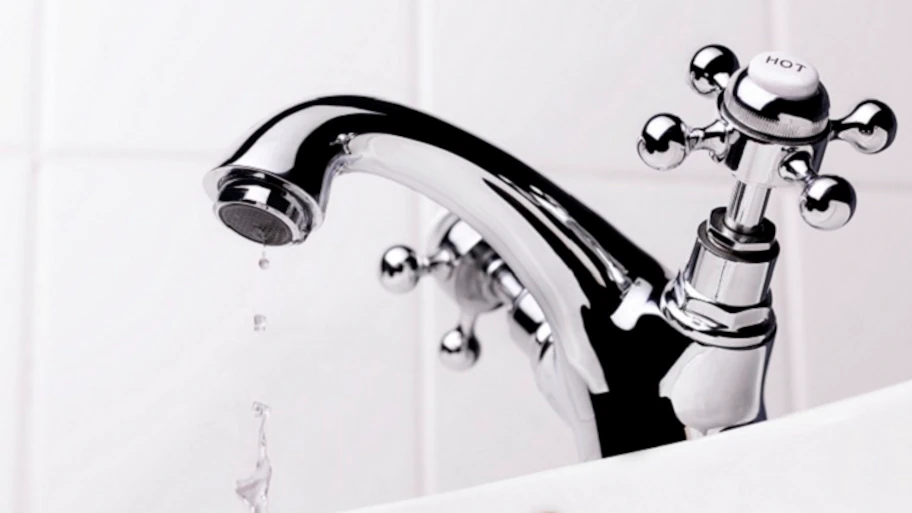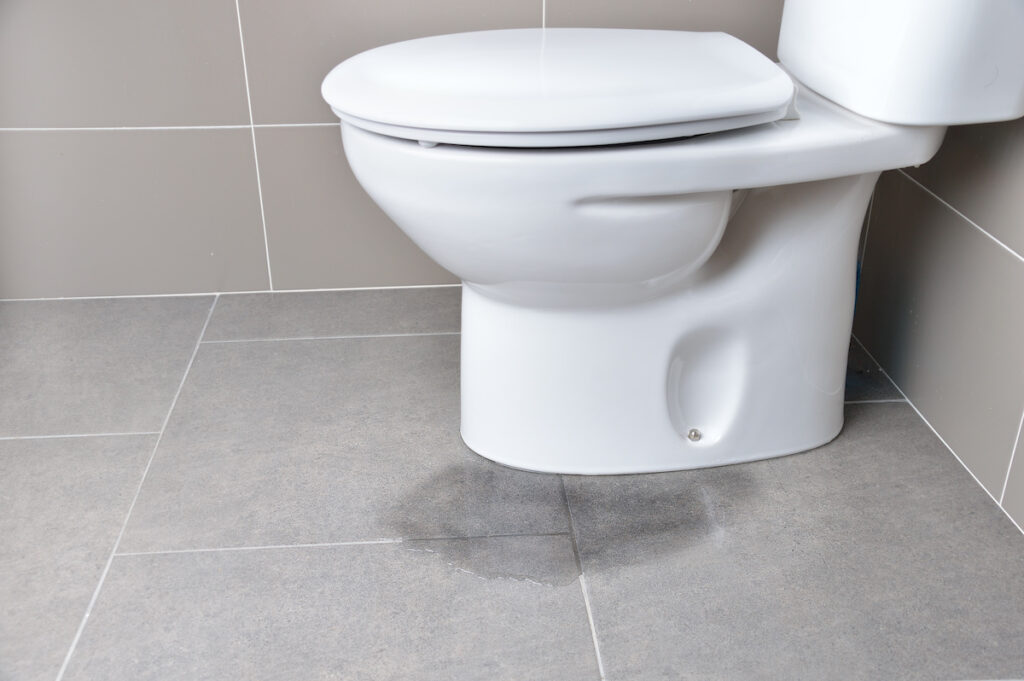Just how do you feel on the subject of How to Repair and Prevent Bathroom Water Damage??

Water damage commonly occurs in the shower room because of the water made use of everyday. In some cases, the damage could be a little mold and mildew from the shower. Various other times, it's enormous damage on your floor. Whatever it is, it is constantly great to know the reason and stop it prior to it occurs.
This guide will certainly go through a few of the typical reasons for water damage in the bathroom. We will also examine what you can do to stop these causes from damaging your washroom. Let's dive in.
These are the typical reasons you would have water damage in your shower rooms as well as just how you can detect them:
Excess Wetness
It's amazing to have that lengthy shower and splash water while you dance around as well as imitate you're executing, yet sometimes these acts might create water damage to your bathroom.
Sprinkling water around can trigger water to head to edges and form mold and mildews. View just how you spread out excess moisture around, as well as when you do it, clean it up to avoid damage.
Fractures in your wall surface ceramic tiles
Restroom wall surface ceramic tiles have actually been specially created for that purpose. They secure the wall from moisture from individuals taking showers. However, they are not undestroyable.
In some cases, your bathroom wall ceramic tiles fracture and also enable some wetness to leak into the wall. This could possibly ruin the wall if you do not take any kind of action. If you observe a split on your wall ceramic tiles, repair it instantly. Don't wait up until it damages your wall surface.
Overruning toilets and sinks
As people, occasionally we make blunders that could create some water damage in the restroom. For instance, leaving your sink tap on could cause overflowing and damages to various other parts of the shower room with wetness.
Likewise, a defective toilet could create overruning. For instance, a broken commode manage or various other parts of the tank. When this takes place, it might harm the floor.
As quickly as you discover an overruning sink or bathroom, call a plumbing technician to help manage it promptly.
Ruptured or Leaking Pipes
There are many pipelines lugging water to different parts of your washroom. Some pipes take water to the bathroom, the sink, the faucets, the shower, as well as several other locations. They crisscross the tiny area of the bathroom.
Occasionally, these pipes could get corroded and also burst. Other times, human action could trigger them to leak. When this occurs, you'll discover water in the edges of your shower room or on the wall surface.
To detect this, keep an eye out for gurgling wall surfaces, mold and mildews, or mold. Call a specialist emergency situation plumber to repair this when it occurs.
Roofing system Leaks
In some cases, the problem of water damage to the bathroom could not originate from the restroom. For example, a roofing system leak can trigger damage to the washroom ceiling. You can identify the damage done by considering the water spots on the ceiling.
If you find water discolorations on your ceiling, check the roof to see if it's damaged. After that, call a specialist to assist resolve the issue.
Verdict
Water damage to your shower room can be frustrating. Nevertheless, you can manage it if you protect against a few of the reasons stated in this guide. Call an expert emergency plumbing if you notice any type of severe damage.
How to Prevent Water Damage in Your Bathroom?
Water damage repair is an expensive, meticulous, and lengthy process. Unfortunately, bathrooms are the most susceptible rooms to water damage due to toilets, showers, and sinks. Pipes and fixtures wear out over time and are not immune to damage. But all is not lost, as there are ways to prevent water damage from occurring in your bathroom.
Check Your Plumbing
Nothing lasts forever, especially pipes, which can rust and begin leaking over time. You should periodically conduct pipe inspections and pay attention for any musty smells or water stains that may indicate you need water damage repair. Here are some things to check:
Frequently test valves for your toilet, shower, and sink to ensure they are properly working. Check faucet supply lines hidden under vanities and replace when needed. Replace cracked or deteriorating caulking along sinks, tubs, and showers. If you notice a clog in your sink, call in a professional. Since you can’t check the pipes in the wall, keep an eye out for stains, drywall bubbling, musty smells, and excess moisture; if the bathroom is on a second level, check the ceiling of the room directly below for these signs. Don’t Overwork Your Toilet
One of the most common reasons bathrooms need water damage repair is due to overflowing toilets. Save yourself the hassle of cleanup by being mindful and not pushing your toilet to extreme limits. If you have young children, it is especially important to keep an eye on them when they are in the bathroom and to teach them how to avoid clogging the toilet. Here are some more tips to help prevent your toilet from overflowing:
If you have a septic tank, only use septic-safe toilet paper Do not flush anything down the toilet besides toilet paper; items like diapers and sanitary napkins will clog the piping Pay attention to your toilet’s water level: If it’s low, it could mean it is partially clogged or that there is a crack in the toilet bowl https://www.alure.com/home-improvements-blog/resources/how-to-prevent-water-damage-in-your-bathroom

I discovered that blog posting about How to Repair and Prevent Bathroom Water Damage? when doing a search on the web. Do you know someone else who is fascinated about the niche? Take a moment to share it. I appreciate reading our article about How to Repair and Prevent Bathroom Water Damage?.
Request expert assessment.